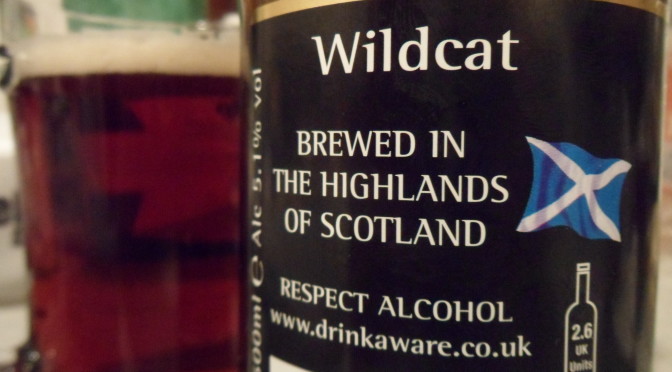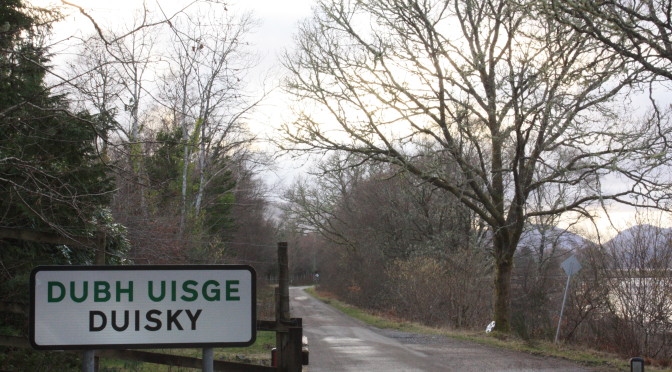About my yearning for a Scottish brew
Please don’t take this the wrong way. But there are times when I’m sitting here sipping a cool beer in the November sunshine and think to myself, “I could murder a Sheepshagger”.
Before you get the wrong idea, I don’t mean an Aberdeen football fan – although the thought crossed my mind more than once in the 17 years I spent in that fair city.
Nor does it have anything to do with certain members of Scotland’s rural population – there’s no room for smut or insinuation in this blog.
If, however, you are a fan of the amber brew produced in Scotland, you will know exactly what I mean. Sheepshagger’s Scotch Ale – marketed as ‘the best beer baa none’ – is one of the best-selling brands of the Cairngorm brewery in Aviemore.
You can’t buy it over here. Hardly any Scottish beers make it on to the American market. I once found a couple of bottles of Fraoch heather ale, made by Williams Brothers of Alloa. It was a pleasant surprise but it was a one-off.

Instead I am faced with groaning shelves filled with home-made American beers. We Scots have traditionally looked down our noses at the beer made by our US cousins. We referred to it by a particular four-letter, one syllable word beginning with ‘p’ and ending with ‘s’.
To be absolutely fair, things have changed for the better. Just like Scotland, the micro-brewing industry in the USA has erupted and there are some very decent beers to be had. But I have to say, objectively, that Scotland does it far better.
Some of the beer produced in Scotland is excellent, to be savoured almost like a good malt whisky. It’s a far cry from when I was growing up. Then it was a pint of lager or a pint of heavy and you took whatever rubbish the bar had on tap.
I’m not one of these snobbish beer aficionados. In fact I don’t even drink that much of it nowadays. I can’t tell the apparently crucial difference between craft beer and cask beer. All I know is that, if I like the taste, then I like the beer.
So what is it that makes Scottish beers so good? Is it the water, the soil, the crops, the fruit, or a combination of everything?
I don’t know but as a matter of interest here are the descriptions of a couple of the beers I would class as favourites.
Maverick, made by Loch Fyne Brewery – a reddish copper ale with an aroma of mixed fruit and caramel malts. Taste is of caramel and fruity malts with a well hopped flavor creating a wonderfully well balanced beer.
Wildcat, by Cairngorm Brewery – A smooth deep amber coloured ale with a complex malt, fruit and hop flavour. Strong and distinctive like the powerful sleek Scottish wildcat it is named after.
Believe it or not there is a beer made in Arizona called Kilt Lifter. It’s marketed as a Scottish style ale. It is actually pretty good and, as you can imagine, the name appeals to the female beer drinking public.
But it’s just not the same. And purely in the name of research of course, I feel compelled to try as many of these fancy American beers as I can.
Nothing though can beat a good glass of Sheepshagger’s – or Wildcat – or Maverick – or Fraoch heather ale.
So if anyone reading this is coming to America and fancies stashing some in their suitcase I’ll happily provide you with an address where it will be gratefully received.

